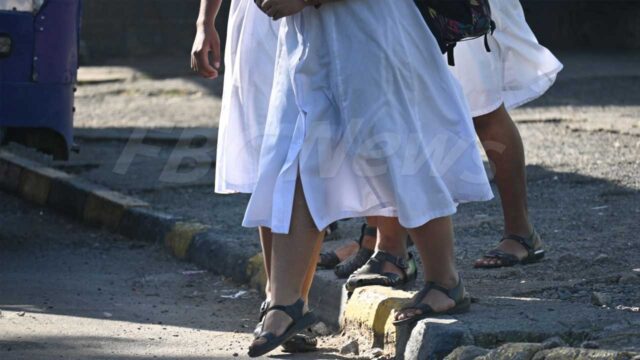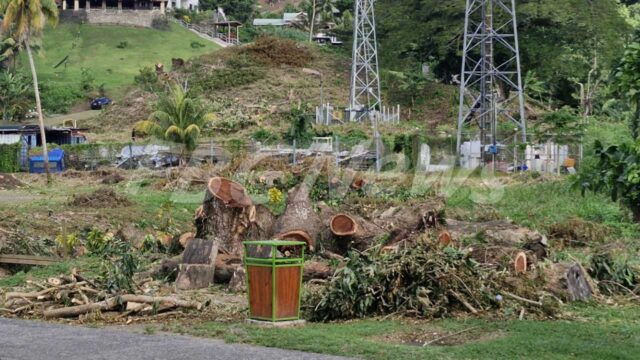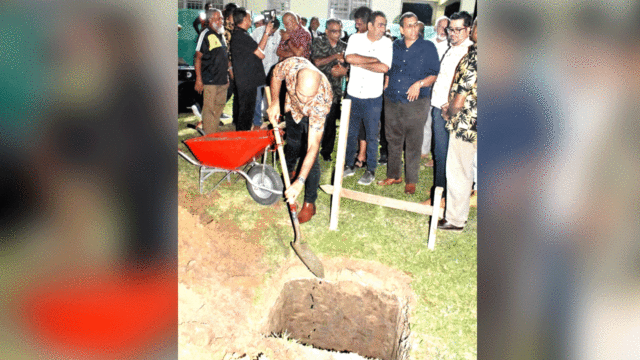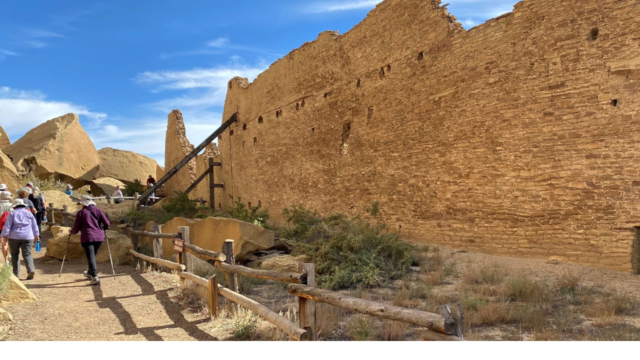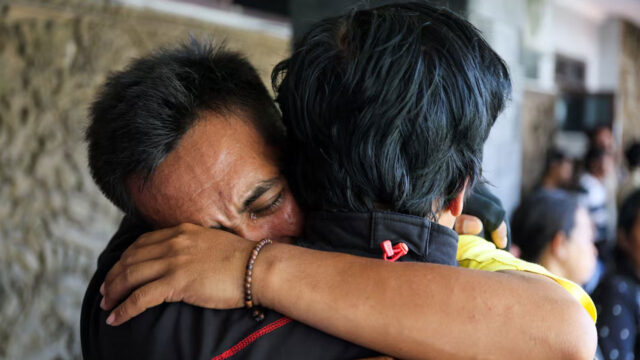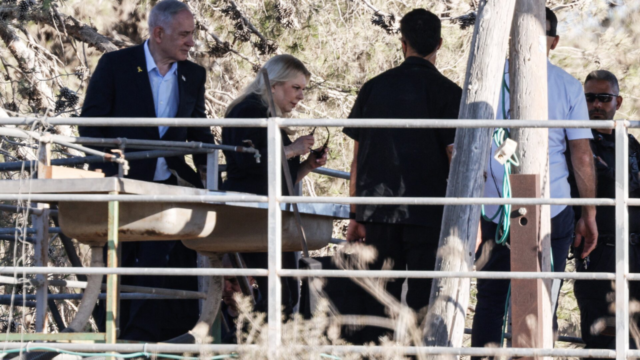
Today the Dredre-i-Were, widely regarded as the largest tabua (whale’s tooth) in Fiji, is kept under the watchful eye of the people of Wainilotulevu village in Namosi.
Many moons ago, the sacred artifact was a silent witness to disputes and bloodcurdling warfare.
Among the iTaukei people, the tabua symbolizes the rich history of alliances, disputes, and cultural traditions that span across the islands of Fiji.
This sacred artifact symbolizes a rich history of alliances, disputes, and cultural traditions that span across the islands of Fiji.

To shed light on its mysterious past, Wainilotulevu villager Rogosio Butukere explained that the tabua originated in Kadavu and was first presented to the Ka Levu, the high chief of Nadroga, as an iTatau for the daughter of a Kadavu high chief upon her marriage to the Ka Levu.
However, a leadership dispute arose between two brothers in Nadroga, prompting one of them to seek assistance from a warlord in Navatulevu, Nadi.
After securing victory, the Navatulevu warriors were gifted the tabua as a token of appreciation.
A similar conflict later unfolded in Navatulevu, where another brotherly leadership dispute led one party to seek support from the Navosa warlord.

Following their triumph, the tabua was once again presented as a gesture of gratitude.
The tabua eventually made its way to Wainilotulevu through a man whose mother hailed from Navosa.
He requests the tabua from his maternal uncles, bringing the revered artifact to the village, where it has been preserved for generations.
Butukere explain that the tabua has been safeguarded by the village elders ever since, with the responsibility now resting on the eldest man in the village, who also serves as the village chief.
“The tabua used to exhibit extraordinary traits in the past. It was believed to be possessed and would produce whistling sounds. However, it no longer does so, as the people have changed and taken on Christianity.”
The Dredre-i-Were remains a powerful symbol of Fijian cultural identity, representing the bonds of kinship, the resolution of disputes, and the enduring strength of traditional leadership.
The people of Wainilotulevu take pride in their role as custodians of the historic artifact, ensuring its preservation for future generations.
Stream the best of Fiji on VITI+. Anytime. Anywhere.


 Sivaniolo Lumelume
Sivaniolo Lumelume 


